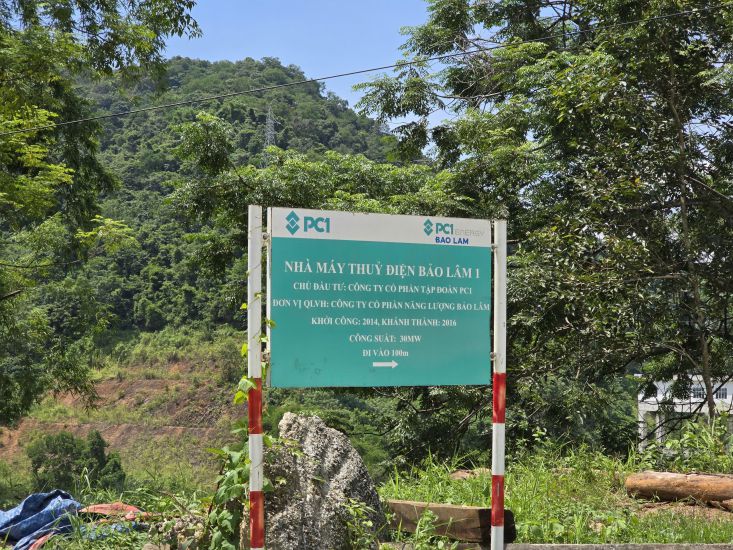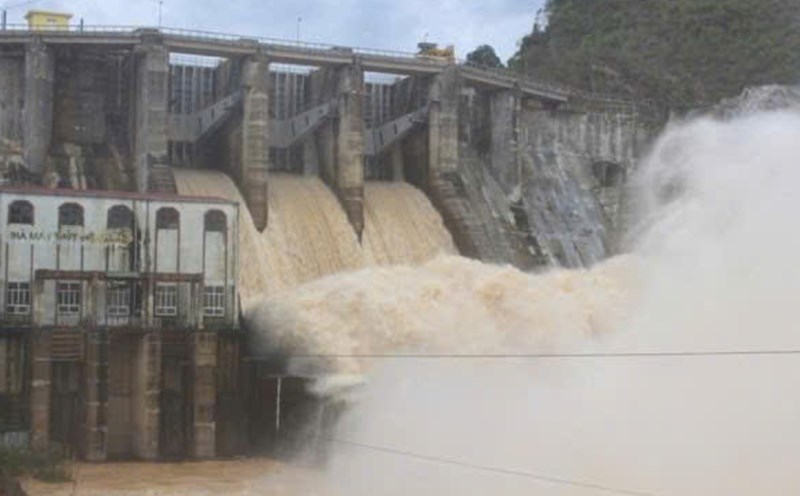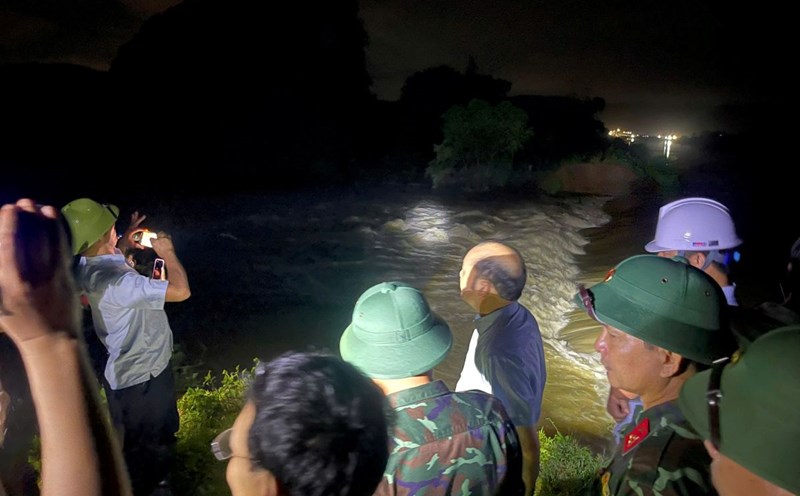Consecutive acquisition of hydropower projects on the Gam River
Cao Bang, a mountainous province on the northern border, has long been assessed to have great potential for hydropower development thanks to its dense river and stream system and stable water resources. Among the enterprises investing in this field, PC1 Group Joint Stock Company (PC1) emerged as a "big guy" when it was continuously approved and implemented many small and medium-sized hydropower projects.
On the Gam River alone - a level I branch of the Lo River, and also a level II branch of the Red River, originating from the mountainous areas of Yunnan (China) - PC1 has mastered 6 hydropower projects. To take advantage of the water source, since 2007, the Ministry of Industry and Trade has approved the planning of the Gam River hydropower mountain stairs, paving the way for investors, in which PC1 is the leading unit.
At present, PC1 is implementing two new projects including Bao Lac A hydropower plant (capacity 30MW) and Thuong Ha hydropower plant (capacity 13MW). Thus, the about 60km long section of the Gam River flowing through Cao Bang alone has 6 hydropower projects owned by this group.
The investment, construction and operation of the hydropower system has brought clear economic efficiency. These projects not only contribute to the State budget, creating more jobs for local people, but also form reservoirs with potential for tourism development and aquaculture. This is considered a double benefit in the process of exploiting local water resources.
However, along with that, the appearance of a series of hydropower projects also poses many challenges to the environment and the lives of communities along the Gam River.

People's concerns about landslides and crop damage
A survey of the situation at Bao Lam 1 hydropower plant on August 25 showed that many sections of the Gam River bank had landslides. People in Na Pong and Na Dec residential areas said that they have lived in a state of anxiety for many years because the riverbank is constantly eroding close to their residential areas.
Ms. To Thi Nga - a local resident - shared: "Since the hydropower plant was put into operation, the riverbank has gradually moved closer to our house, we have not lived in any peace of mind. On stormy days, everyone is filled with fear".
According to people's feedback, right from the project implementation, the investor promised to build a system of embankments to ensure the safety of the residential area. However, many years have passed, and this commitment has not been implemented. Not only that, during the operation, rising water from the reservoir also caused some crop areas to be flooded and damaged, affecting the livelihoods of the people.
Ms. Duong Thi Thuyen - Chairman of Ly Bon Commune People's Committee - confirmed that recently, a number of households have suffered crop damage, and riverbank erosion has occurred in many places. The commune government has invited the investor to work, count the damage and discuss a solution. However, PC1 has only sent representatives of the factory operator to work, not giving clear results or commitments to overcome the situation.
"The commune is continuing to plan to invite businesses to a second meeting to have specific solutions. We hope that investors will fulfill their responsibilities, especially in terms of safety and livelihoods of the people, Ms. Thuyen emphasized.
The problem of riverbank erosion and crop damage caused by hydropower plants not only directly affects people's lives but also poses a long-term risk to the ecosystem, environment and sustainable development of the locality. Environmental experts have repeatedly warned that, in addition to economic benefits, hydropower needs to be placed in a harmonious relationship with the community and nature.
In the context of PC1 continuing to expand hydropower projects in Cao Bang, local public opinion is waiting for real actions from businesses to overcome the problem, ensuring safety and fairness for people. Only when these problems are solved, can hydropower projects truly promote their value and become a driving force for sustainable development for the border mountainous province.











